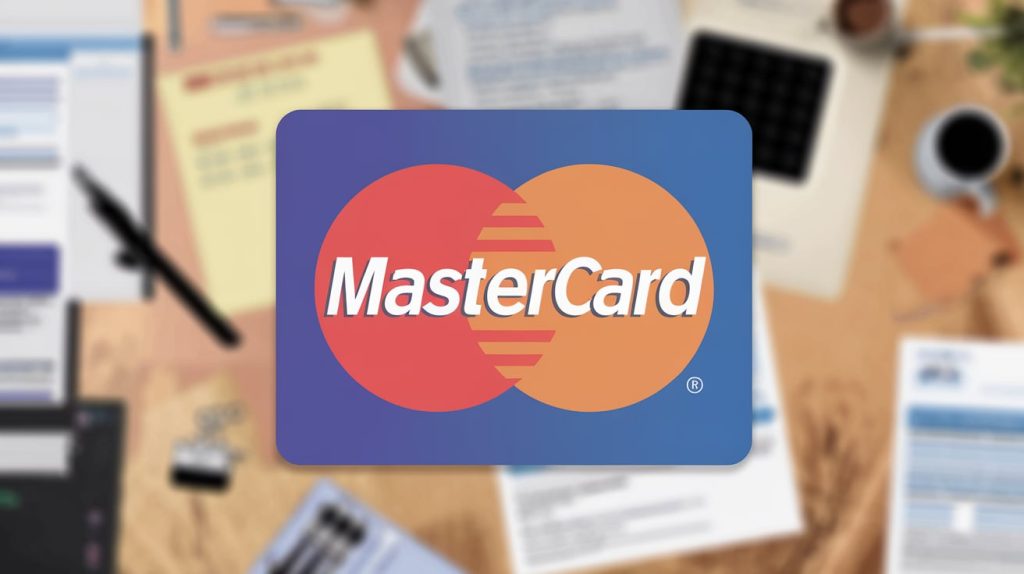Understanding the Mastercard Dispute Monitoring Program: Key Rules & Strategies for Merchants
The Mastercard Dispute Monitoring Program (MDMP) helps manage excessive chargebacks and fraud within the Mastercard payment network. As eCommerce expands, so do the challenges of managing disputes and fraud. This article provides a detailed examination of the MDMP, its key elements, and effective strategies for merchants to stay compliant.
Key Components of the MDMP
The MDMP identifies and manages merchants who exceed certain thresholds for disputes and chargebacks. Merchants flagged by the program face scrutiny, penalties, or restrictions on their ability to process payments. Understanding these thresholds and the potential consequences is crucial for any business processing Mastercard transactions.
Monitoring Thresholds
Mastercard uses specific criteria to determine which merchants are enrolled in the MDMP. The two main metrics monitored are:
- Dispute Count: The total number of disputes filed against a merchant in a month.
- Dispute Rate: The ratio of disputes to the total number of transactions processed in the same period.
Below is a table summarizing the key thresholds that trigger the MDMP:
| MDMP Category | Dispute Count Threshold | Dispute Rate Threshold |
|---|---|---|
| Early Warning | 75 | 0.5% |
| Standard Monitoring | 100 | 0.75% |
| Excessive Monitoring | 150 | 1.0% |
Source: Mastercard Official Documentation
These thresholds are set to identify merchants with high levels of disputes, enabling Mastercard to intervene before the issue worsens.
Impact of Exceeding Thresholds
Merchants exceeding Mastercard’s thresholds face several penalties:
- Fines: Financial penalties for failing to reduce dispute levels.
- Account Restrictions: Non-compliance may result in limitations on the merchant’s ability to process payments.
- Increased Scrutiny: Merchants may be required to provide additional documentation and undergo regular reviews.

Strategies for Reducing Disputes and Chargebacks
To avoid falling into the MDMP, merchants should adopt proactive strategies to manage disputes and chargebacks. Below are effective methods to reduce the risk of being flagged by Mastercard.
1. Implement Fraud Prevention Tools
Fraud detection tools are crucial for minimizing fraudulent transactions. Technologies like 3D Secure 2.0 and address verification services (AVS) help authenticate cardholders and prevent unauthorized transactions.
For businesses seeking reliable solutions, Merchanto.org, an official partner of VISA and Mastercard, offers comprehensive tools designed to keep merchants compliant with MDMP standards. Learn more about their solutions here.
2. Improve Customer Communication
Clear communication with customers can reduce disputes. Ensure transaction details are transparent, and provide easy access to customer service. A well-defined returns and refunds policy prominently displayed on your website can also prevent disputes from escalating to chargebacks.
3. Analyze Transaction Data
Regular analysis of transaction data helps identify patterns or anomalies indicating potential fraud or areas where disputes are likely. Fraud detection software providing detailed reports and insights enables merchants to address issues proactively.
4. Update Policies Regularly
Keep business policies updated with the latest industry standards. This includes refund and return policies, terms of service, and fraud prevention strategies. Train employees to recognize and prevent common fraud tactics, such as social engineering, to mitigate risks.
ECM: Mastercard Excessive Chargeback Merchant
The Mastercard Excessive Chargeback Merchant (ECM) program is a critical part of the MDMP, targeting merchants consistently exceeding chargeback thresholds. Merchants classified as ECMs face severe consequences if they do not take action to reduce their chargeback levels.
ECM Program Thresholds
To be classified as an ECM, a merchant must meet or exceed the following thresholds:
| ECM Category | Chargeback Count Threshold | Chargeback Rate Threshold |
|---|---|---|
| Early Warning (EW) | 75 | 0.9% |
| Excessive Chargeback | 100 | 1.5% |
Source: Stripe.com
Consequences of ECM Classification
Merchants identified as ECMs face several penalties and requirements:
- Fines: Significant fines increase with continued non-compliance.
- Account Review: Regular reviews of merchant accounts ensure steps are being taken to reduce chargebacks.
- Payment Processing Restrictions: In extreme cases, Mastercard may suspend or terminate a merchant’s ability to process payments.
Best Practices for Exiting the ECM Program
To exit the ECM program, merchants must reduce their chargeback rate below the specified thresholds for three consecutive months. Key strategies include:
- Enhanced Fraud Detection: Utilize fraud detection systems to prevent unauthorized transactions.
- Customer Verification: Implement stricter customer verification processes at checkout, such as CVV codes and AVS checks.
- Proactive Dispute Resolution: Address customer concerns promptly to prevent disputes from escalating to chargebacks.
ECM Data Overview
Below is a summary of data related to merchants classified as ECM:
| Period | Average Chargeback Rate | Successful ECM Exits | Common Strategies |
|---|---|---|---|
| Q1 2024 | 1.8% | 35% | Enhanced fraud tools, AVS |
| Q2 2024 | 1.6% | 40% | Customer communication |
| Q3 2024 | 1.5% | 45% | Policy updates, staff training |
Source: Payment Processor Case Studies (e.g., Stripe.com, Checkout.com)
Conclusion
The Mastercard Dispute Monitoring Program and Excessive Chargeback Merchant classification are essential components of maintaining a secure and reliable payment ecosystem. Merchants must understand the thresholds and take proactive steps to avoid penalties and restrictions. By implementing fraud prevention tools, improving customer communication, and regularly updating business policies, merchants can navigate these programs successfully.
For merchants seeking comprehensive support, Merchanto.org offers industry-leading solutions tailored to businesses facing chargeback challenges. For more detailed guidelines and resources on dispute and fraud management, consult the official documentation from Mastercard and trusted industry platforms such as Stripe.com, Braintree.com, and Checkout.com.
By staying informed and utilizing the right tools and strategies, businesses can confidently manage their payment processing and avoid the pitfalls of excessive chargebacks.



